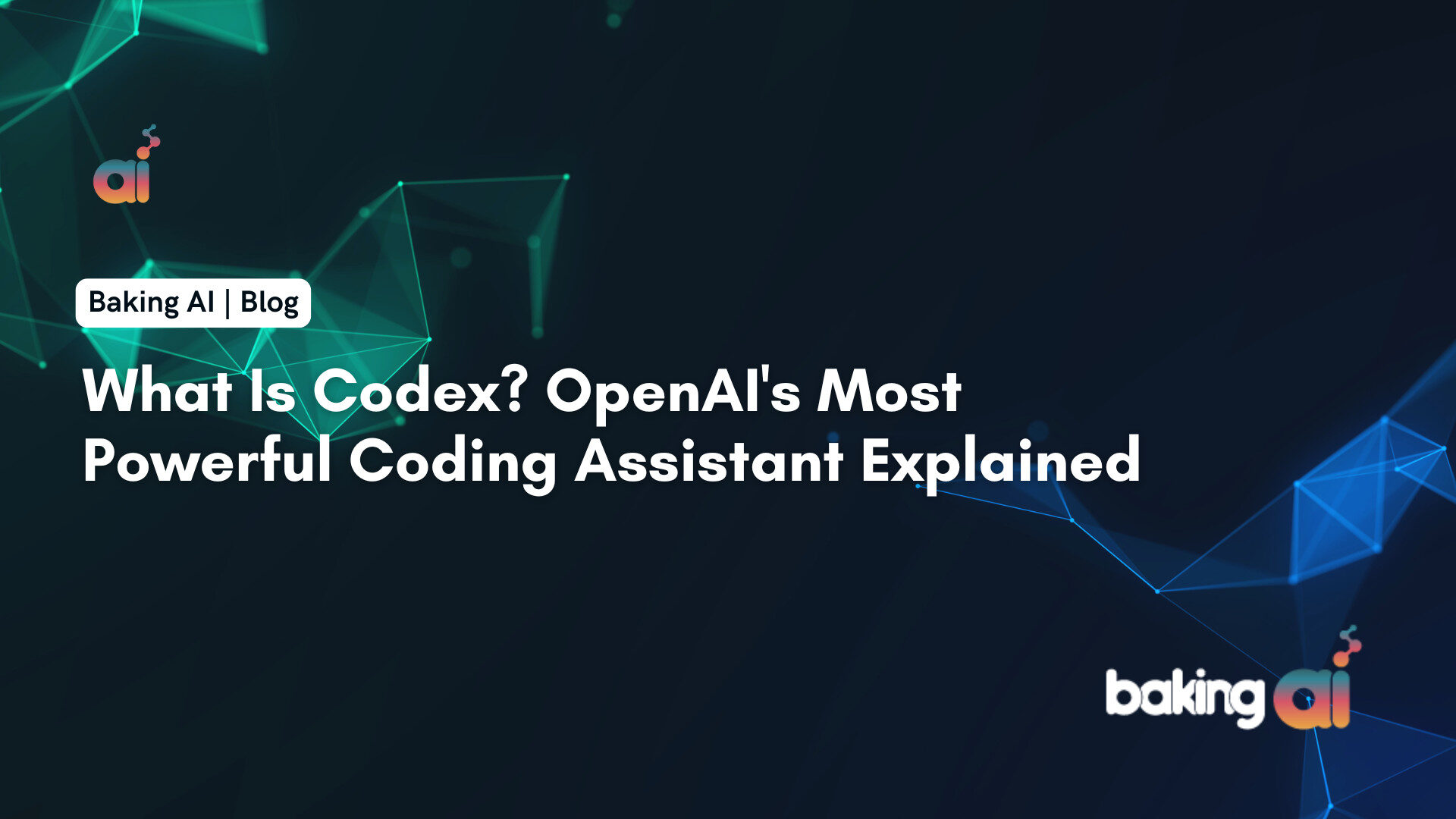HNSW’s scalability impacts its use in large-scale data applications:
HNSW (Hierarchical Navigable Small World) significantly enhances the efficiency of data-driven industries through its advanced capabilities in high-dimensional similarity search.
Here are the key contributions of HNSW to various sectors:
Efficient Search Performance
HNSW outperforms traditional search methods like KD-trees and brute-force searches, especially in high-dimensional spaces. This efficiency is crucial for industries that rely on quick data retrieval, such as e-commerce, healthcare, and finance, where timely access to information can impact decision-making and customer satisfaction.
Scalability
The algorithm scales effectively with the size of the dataset, maintaining high performance as data volumes grow. This scalability is essential for industries dealing with large datasets, such as social media platforms and online retailers, where the ability to manage and search vast amounts of data efficiently is critical.
Hierarchical Structure
HNSW’s multi-layered graph structure allows for rapid navigation across datasets, enabling faster searches by bypassing irrelevant portions of the data. This capability is particularly beneficial in applications like recommendation systems, where quick identification of similar items can enhance user experience and engagement.
Robustness
HNSW is robust across various types of datasets, including those with high dimensionality, which often challenge other algorithms. This robustness makes it suitable for diverse applications, from image and video retrieval in multimedia industries to complex data analysis in scientific research.
Real-Time Updates
Recent advancements in HNSW have focused on improving its performance in dynamic environments where data is frequently updated. This is particularly relevant for industries like finance and e-commerce, where real-time data processing is essential for maintaining accuracy and relevance in search results.
Overall, HNSW contributes to the efficiency of data-driven industries by providing fast, scalable, and robust search capabilities. Its ability to handle large datasets and adapt to dynamic environments makes it a valuable tool in various applications, enhancing operational efficiency and supporting data-driven decision-making.
HNSW manage real-time updates in large datasets:
HNSW (Hierarchical Navigable Small World) manages real-time updates in large datasets through several innovative strategies aimed at maintaining performance and data integrity. Here are the key aspects of how HNSW addresses real-time updates:
Challenges with Real-Time Updates
HNSW faces specific challenges during real-time operations, particularly with frequent insertions and deletions. These challenges include:
– Unreachable Points Phenomenon: Some data points may become inaccessible after a series of updates, leading to degraded search accuracy.
– Performance Degradation: The efficiency of HNSW can decline with a high volume of mixed update operations, impacting query response times.
Solutions for Real-Time Updates
To overcome these challenges, recent research has introduced several enhancements to the HNSW algorithm:
1. MN-RU Algorithm
The MN-RU (Multi-layered Nearest Neighbor with Real-time Updates) algorithm improves update efficiency and reduces the growth of unreachable points. This algorithm focuses on maintaining the integrity of the graph while allowing for real-time modifications without significant performance loss.

2. Backup Index Construction
A novel approach involves creating a Backup Index specifically for managing unreachable points. This backup index is constructed to identify and store points that become inaccessible during update operations, thus preserving the overall performance of the primary HNSW index. The backup index allows for efficient handling of queries without requiring frequent full reindexing, which can be resource-intensive.
3. Dual Index Design
The dual index design integrates an additional index to manage unreachable points alongside the main HNSW index. This structure helps to minimize computational overhead and service interruptions, ensuring that the system remains responsive even during high-frequency update scenarios.
4. Threshold Regulation for Updates
Implementing a threshold for the number of update operations can trigger the reconstruction of the backup index when necessary. This allows for a balance between maintaining performance and managing the complexity associated with frequent updates.
Conclusion
By implementing these strategies, HNSW effectively manages real-time updates in large datasets, ensuring high search accuracy and performance even in dynamic environments. The enhancements allow HNSW to remain a viable choice for applications requiring rapid data modifications, such as recommendation systems, e-commerce platforms, and real-time analytics.
Citations:
- https://arxiv.org/pdf/2407.07871.pdf
- https://arxiv.org/html/2407.07871v1
- https://arxiv.org/html/2407.07871v2
- https://bakingai.com/blog/optimize-hnsw-parameters-faiss/
- https://bakingai.com/blog/hnsw-semantic-search-faiss-integration/











